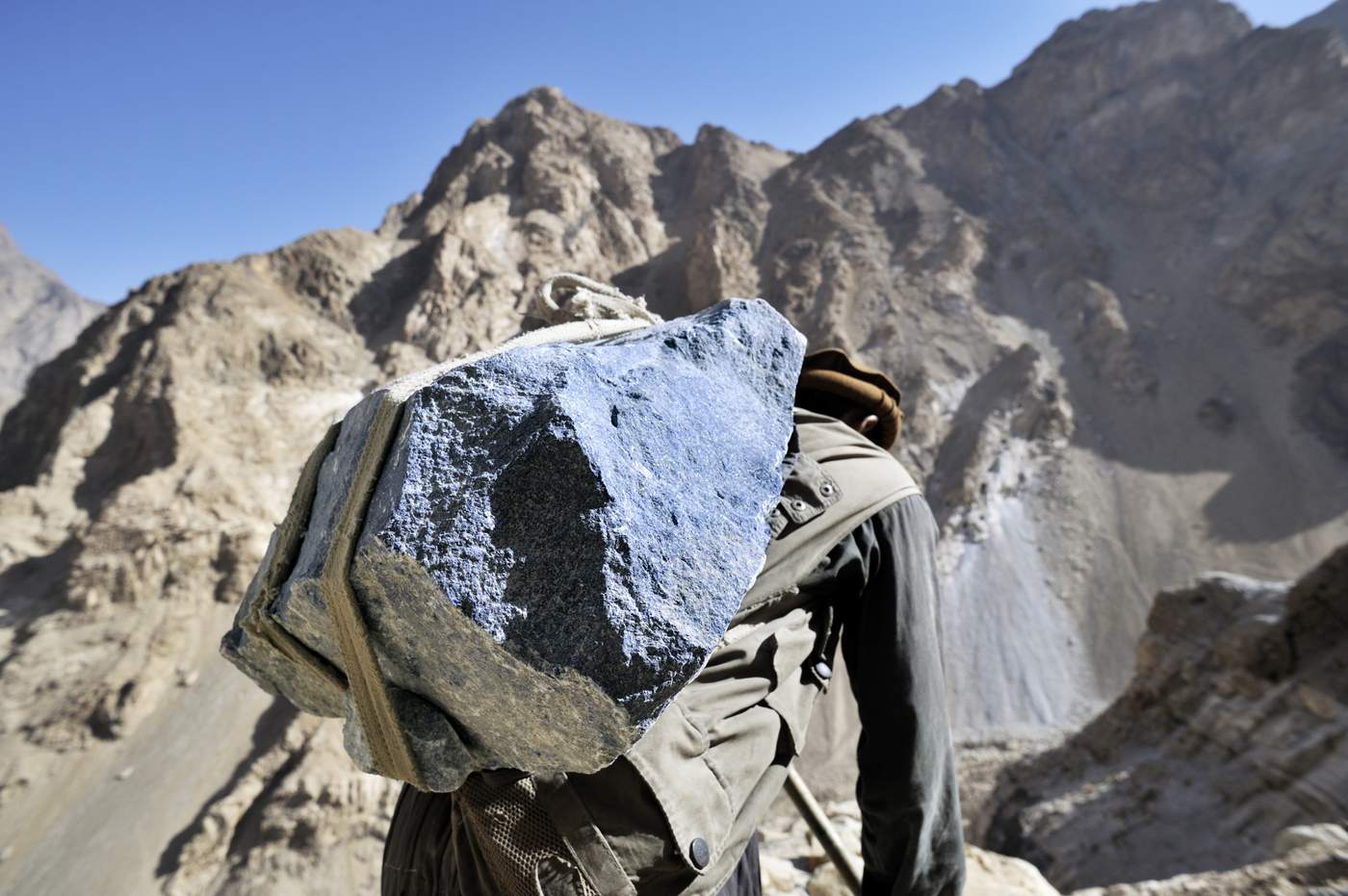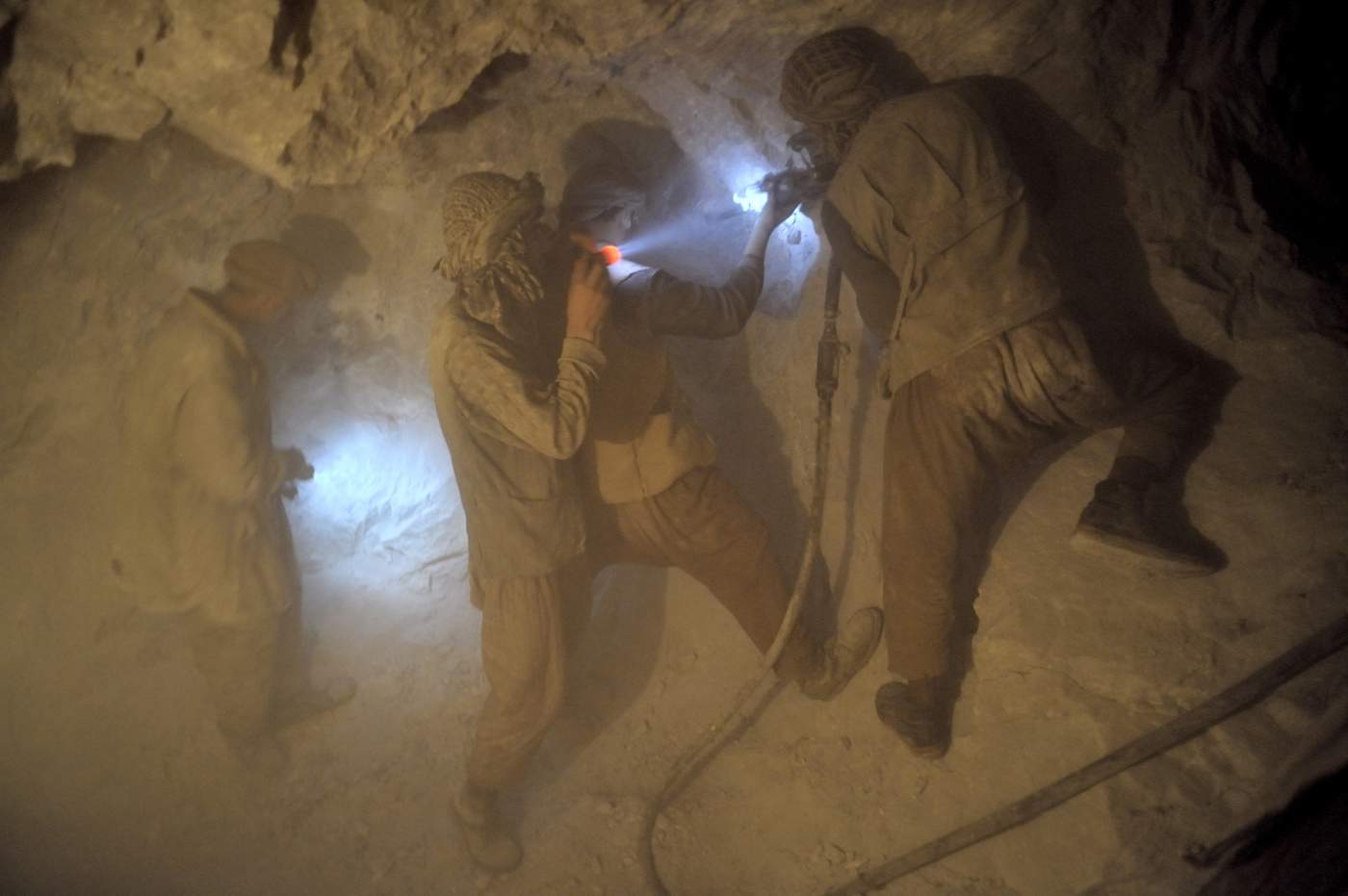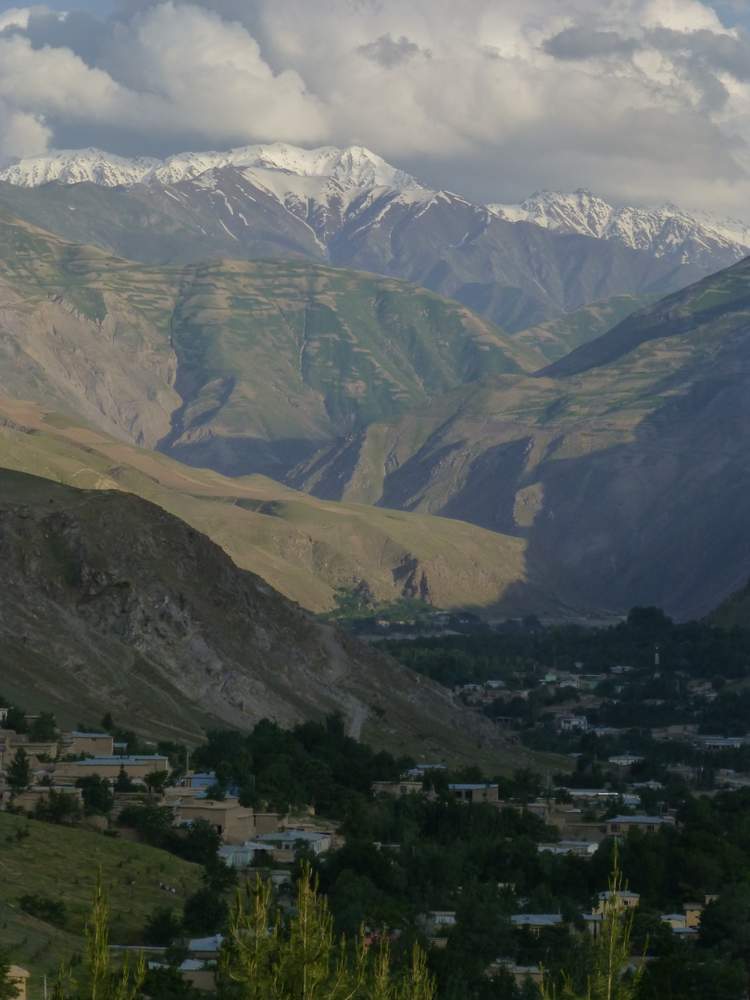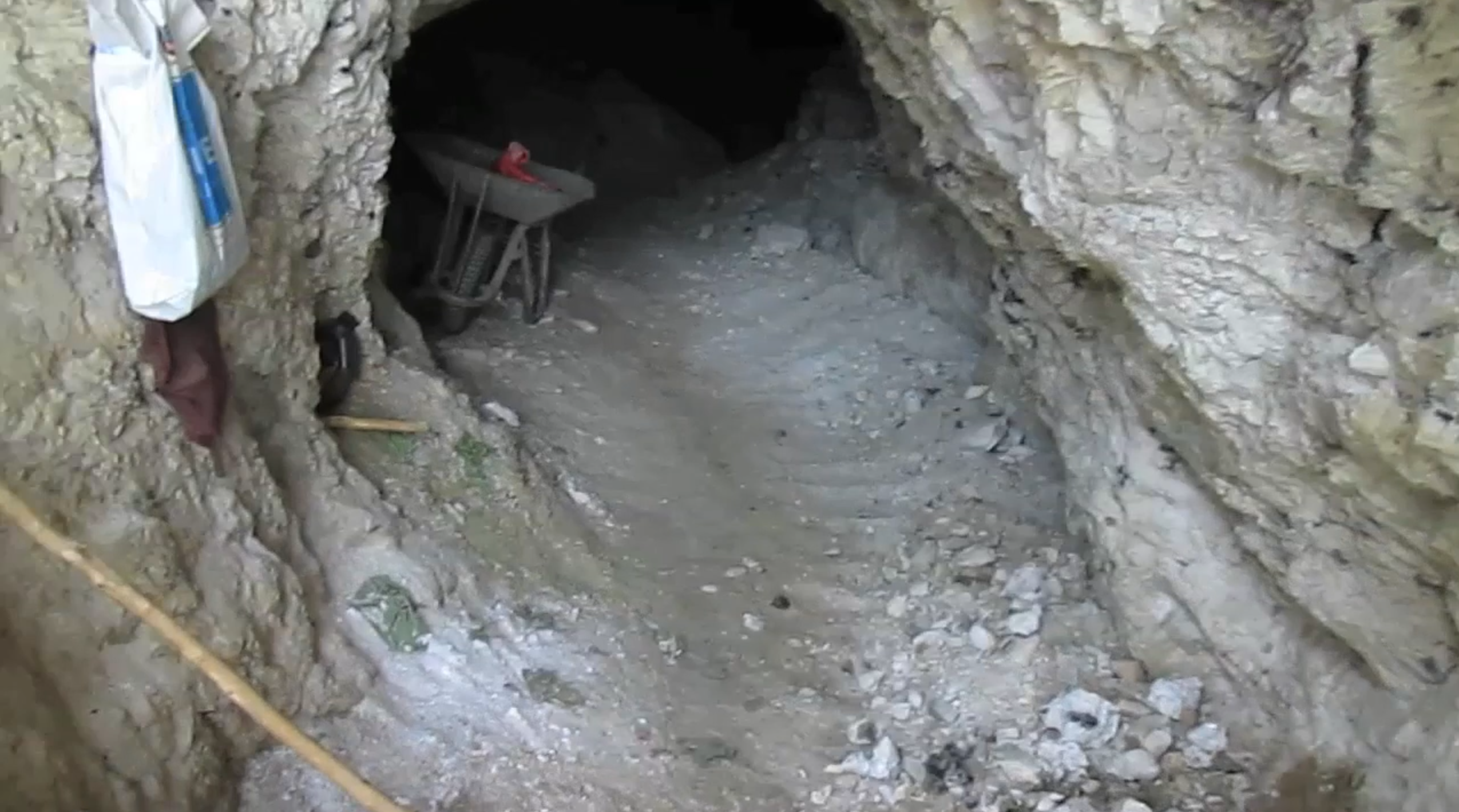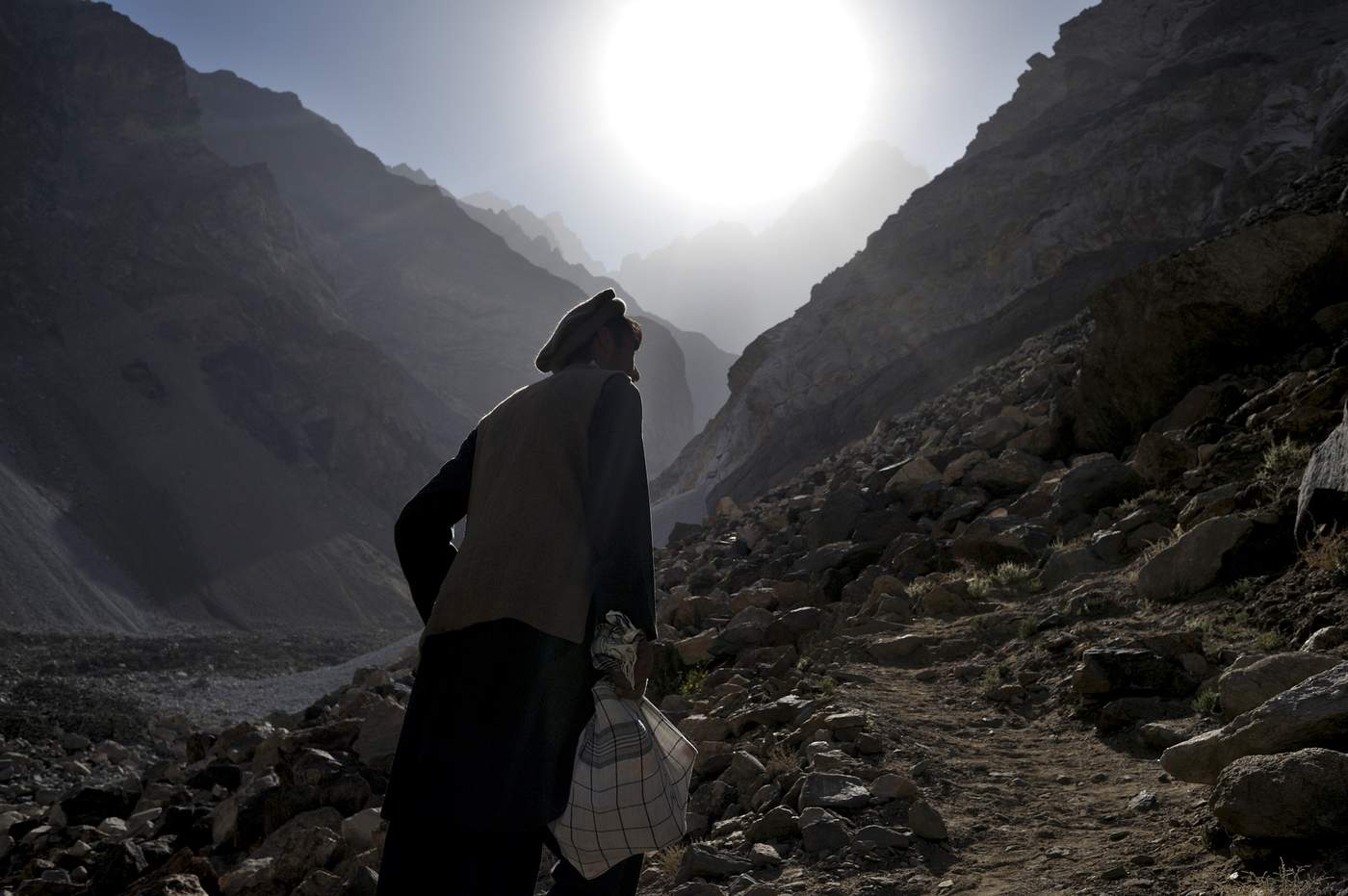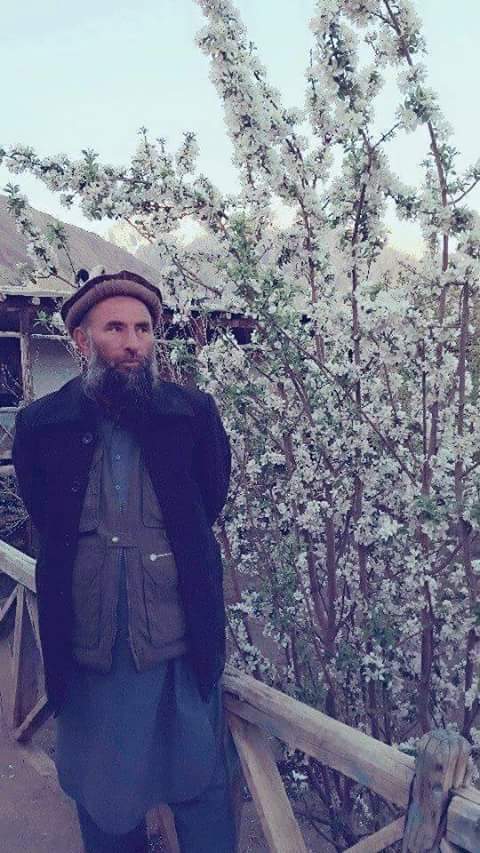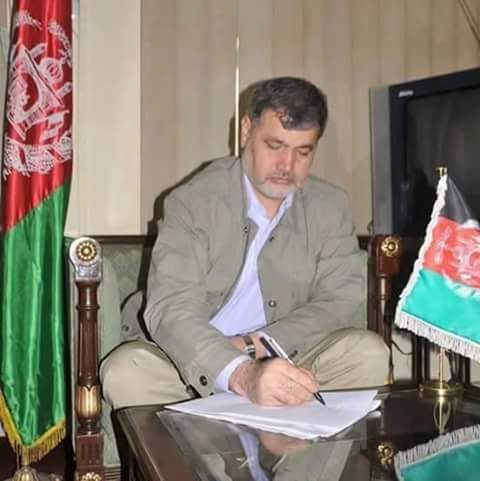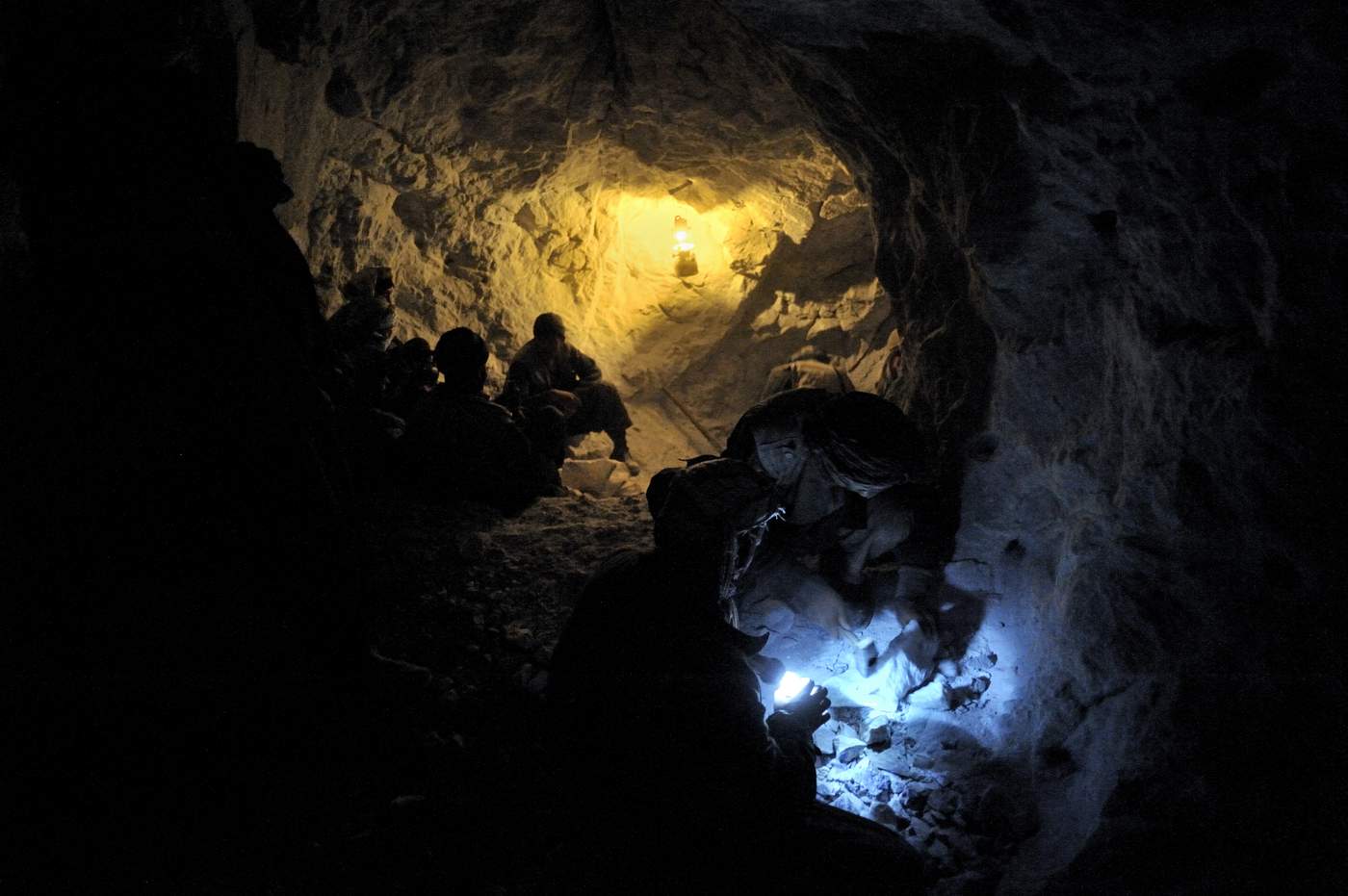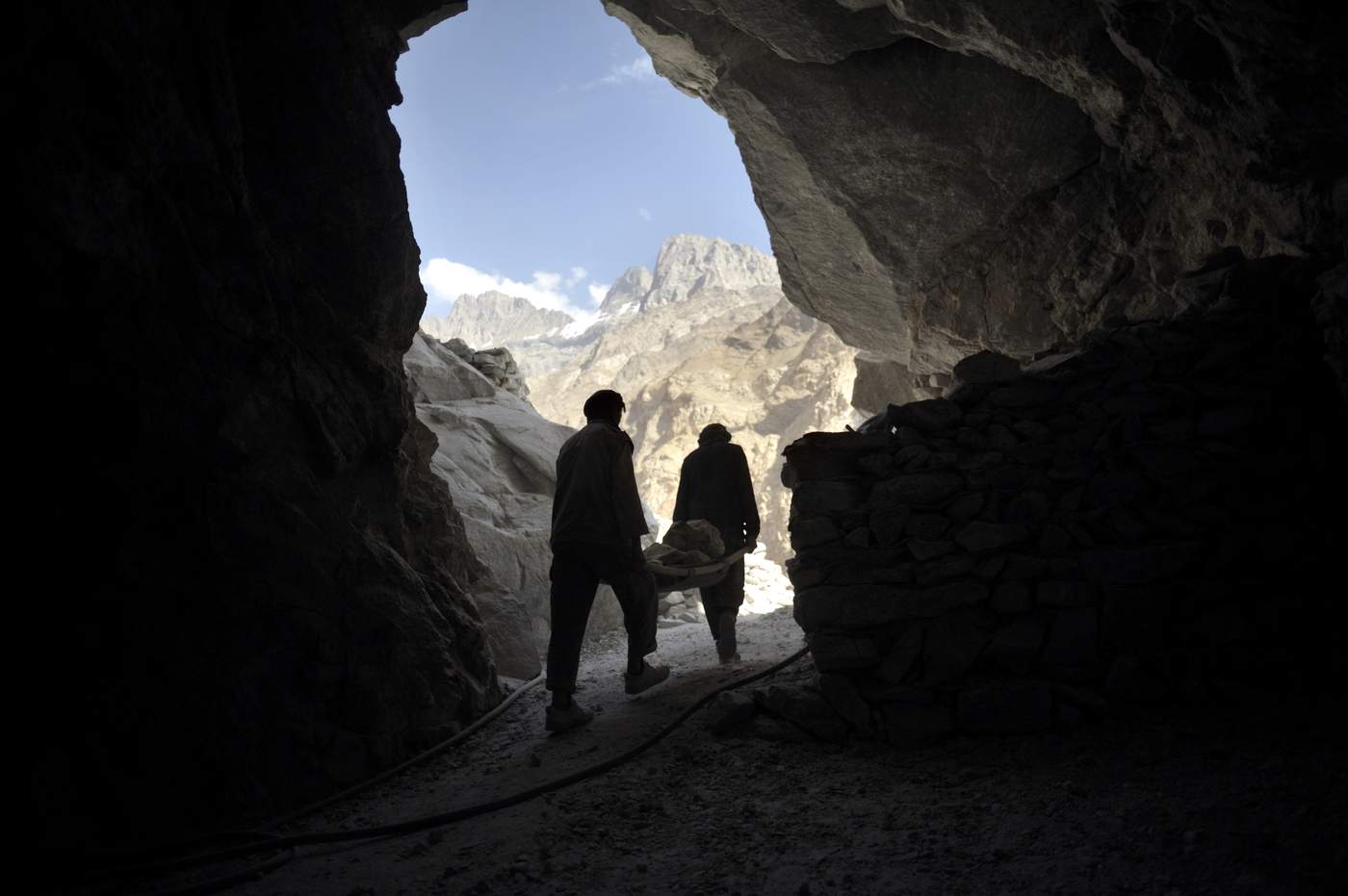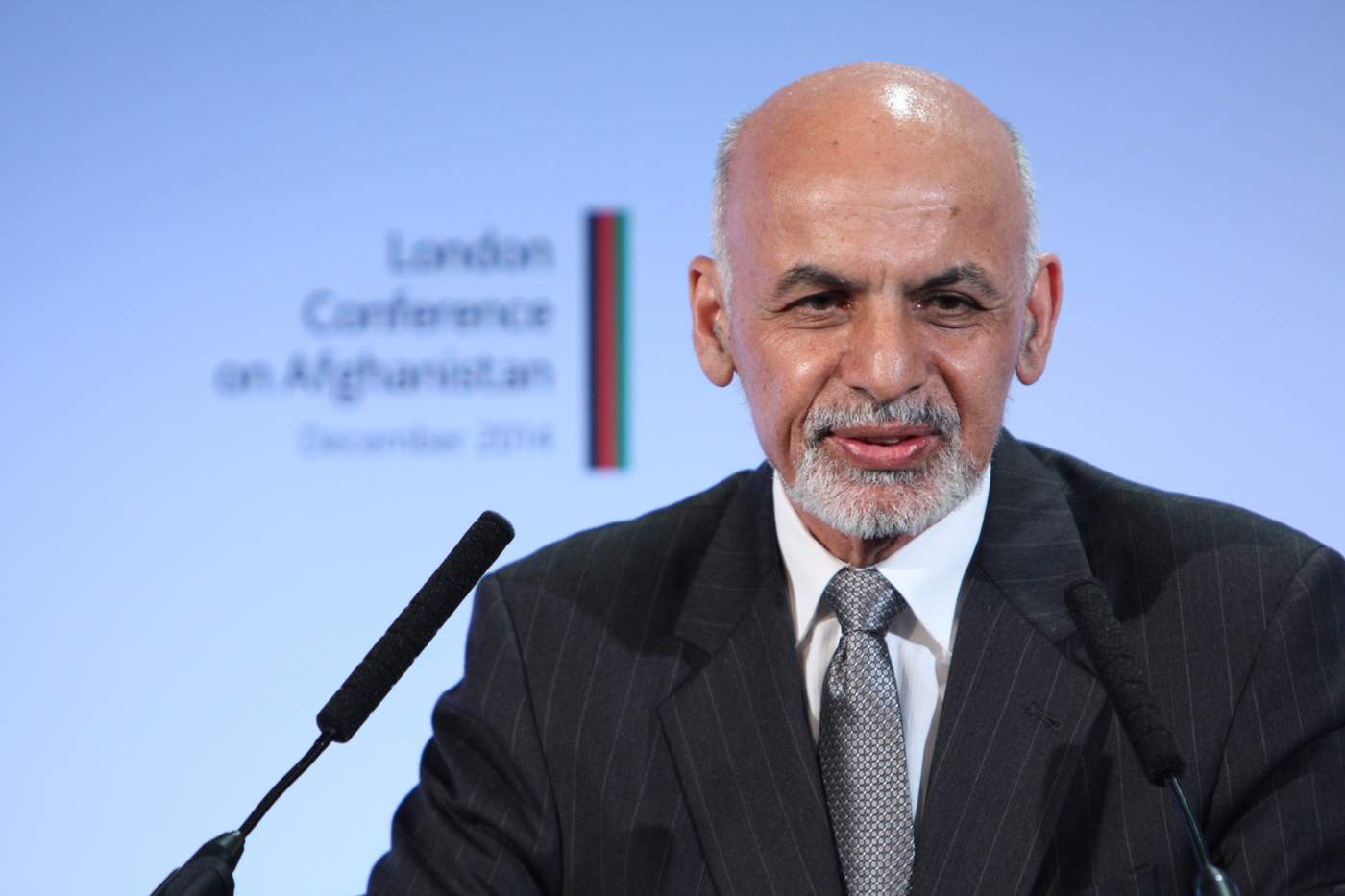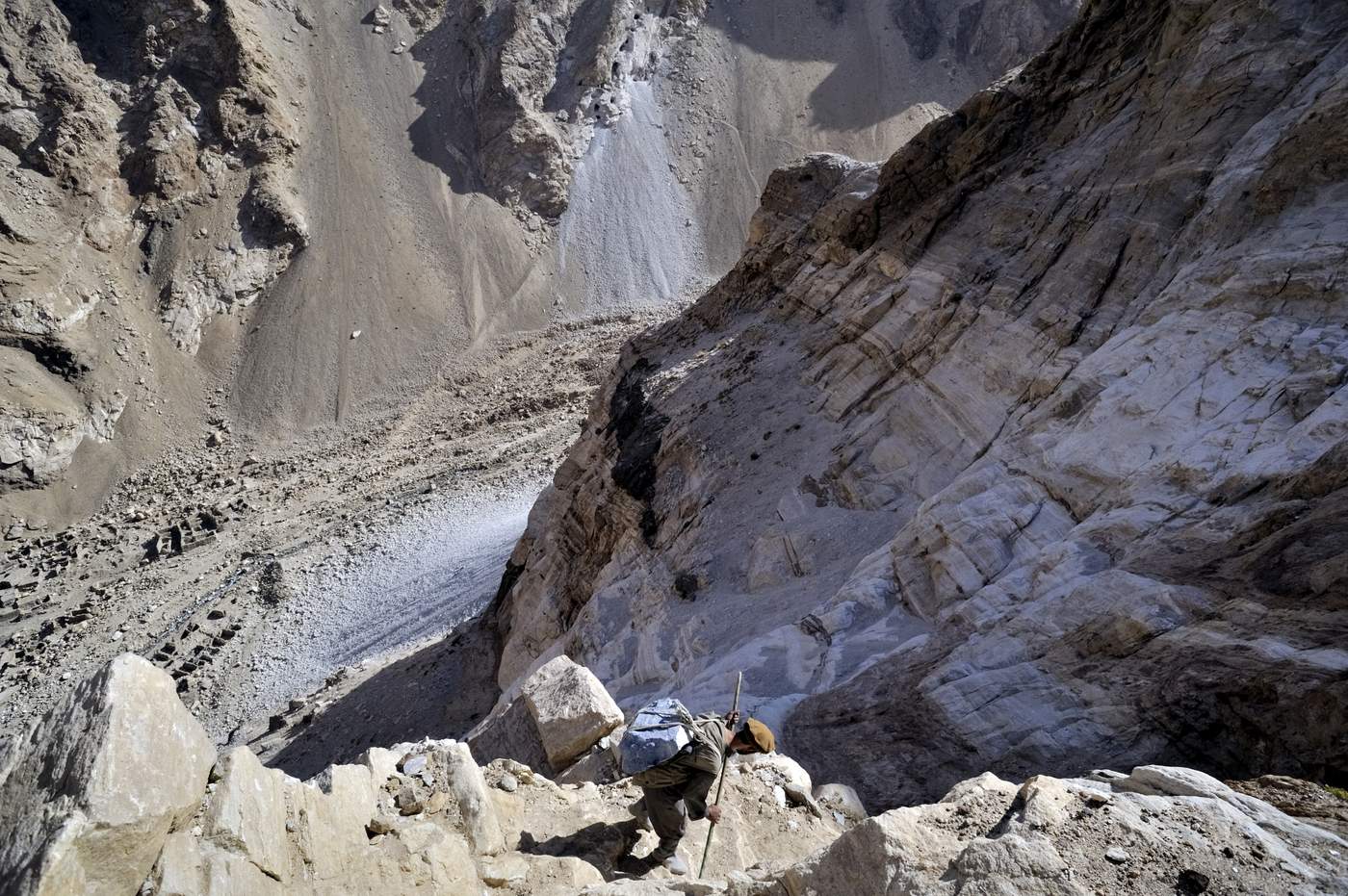- In 2014 the two mining areas of Deodarra and Kuran wa Munjan alone provided around $20m to armed groups, according to rough but conservative estimates – equivalent to the government’s declared revenue from the entire extractive sector in 2013. This includes about $18m to Commander Malek and informal armed groups linked to him, and more than $1m each to the Taliban and to armed groups mainly allegedly associated with Zulmai Mujadidi.
- Armed groups made at least $12m from lapis in 2015, according to rough but credible estimates, with a government ban on the trade in early 2015 countered by massive smuggling through the Panjshir valley. The Taliban increased their share of this as their strength grew, to an estimated $4m. As of mid 2016, payments to the Taliban reportedly amount to at least 50% of the revenue from the mines.
- Natural resources are a key driver of instability. Competition for the mines has directly fuelled a series of violent incidents in Badakhshan, and put an entire district out of government control for more than two years. Abuses around the mines, especially the lack of benefit for local people, created significant backing for Malek’s takeover of Kuran wa Munjan in 2014. As one elder put it, “people were excluded from their rights to the mine (…) the majority of people supported [the coup].”
- Similar grievances have pushed individuals to support the Taliban. People “see the underground resources and public wealth in the hands of the looters,” a miner said: “they choose the Taliban (…) for their revenge.” Revenue from the mines, and their compromising effect on government legitimacy and the integrity of the local administration and security forces, have helped the Taliban infiltrate Badakhshan to a far greater extent than they could at the height of their power in the 1990's. There are also credible indications the mines are a strategic priority for the Islamic State in Badakhshan.
- From the mines of Kuran wa Munjan and Deodarra alone, the Afghan government lost revenues of at least $18.1m in 2014 alone, at least 98% of the potential take, as a result of illegal exploitation, irregular contracts, and artificially low official valuations for lapis. Around $2.4m in revenue appears to have been lost from a single convoy in early 2015. Massive underpayment of taxes appears to be routine, and several sources made allegations of corruption against government officials. The Ministry of Mines itself could not provide full revenue and production data for lapis, a serious concern in itself.
- Multiple sources alleged that Asadullah Mujadidi profited from illegal lapis extraction when he controlled the lapis mines before 2014, and that he and forces under his control used intimidation to capture profits from tourmaline mining in Jurm district.
- Zulmai Mujadidi and Commander Malek have links to higher level political networks. Former Defence Minister Bismillah Mohammadi was alleged to have been in contact with Commander Malek even after his takeover of the mines, and was widely believed to have benefitted from the lapis trade, along with other political figures (although some sources disputed this, and Global Witness was unable to find any independent verification of the claims).
- Highly questionable contracts for lapis and tourmaline illustrate the need for greater transparency. An unpublished ‘contract’ allowing certain individuals in Baharak district to extract a toll from lapis was described as illegal by a senior local official: evidence suggests it benefited members of the Mujadidi family. A tourmaline contract held by the Pamir Badakhshan International Mining company (PBIM) was more formal but produced very little tax revenue, and appears to be controlled by the MP Zekria Sawda.
- Multiple sources also allege that Zulmai Mujadidi had a hidden interest in the Lajwardeen Mining Company (LMC), which holds the only official contract for Badakhshan’s lapis. The Afghan government sanctioned a problematic arrangement in 2014 whereby the transit of lapis continued under LMC’s name despite the takeover of the mines by Commander Malek, though it is not clear that the company profited significantly from its role. The arrangement was ended and the LMC contract suspended by early 2015, but there is likely to be a political struggle over its future.
Badakhshan
- Make Badakhshan the initial focus of a systematic effort to re-establish rule of law, reform mining oversight, create the conditions for legitimate trade, and increase revenues.
- Use all available peaceful means to re-stablish control over Kuran wa Munjan, including enforcing the blockade of the lapis trade through Panjshir province. Avoid any deal with local actors which does not effectively address the current abusive exploitation of the mines.
- Investigate ‘pro government’ armed groups in Badakhshan, and hold them accountable. The Mining Protection Force should be brought under new leadership and reconstituted as a part of a specially trained, independent and accountable force. Disband Afghan Local Police (ALP) groups linked to abuses.
- Transparently and fairly investigate the Baharak, PBIM and LMC contracts, and ensure accountability if significant abuses are confirmed. Avoid scapegoating traders for abuses mainly linked to armed groups.
Transparency and Accountability
- Amend the Afghan Mining Law to require all contracts and ancillary documents to be published as a condition of their becoming valid. Remove licensing and revenue collection from local MoMP offices.
- Create a clear legal requirement for the publication of the beneficial ownership of any company applying for substantial government contracts, including mining concessions.
- Amend the law to require publication of project-level data on payments between companies and the Afghan government, and on minerals production. Require published annual audits of larger extractive companies. Create a single, dedicated, and transparent account for all extractive sector payments.
- Urgently strengthen the oversight and data management capacity of the Ministry of Mines. Require the Ministry to implement basic data standards, and publish full revenue and other data, within six months.
Communities
- Develop a program for community monitoring of mining. Allocate a modest percentage of the legal revenue of a mine directly to communities, to help incentivise legal extraction. Give communities a greater stake and say in mining through stronger dispute resolution, consultation and local employment requirements.
Security
- Make Kuran wa Munjan and other significant mining areas across Afghanistan a key focus for security policy, to ensure appropriate protections against the exploitation of the mines by armed groups. In Kuran wa Munjan, provide vetted ANA reinforcements to ensure security until the MPF can be reformed.
- Make the strengthening of extractive sector governance a key priority for engagement with the Afghan government, and work to integrate robust measures into core benchmarks for mutual accountability. Hold the government to its commitments to reform, but also ensure strong and coordinated support to its efforts.
- Work with the Afghan government to provide technical, financial and other support for stronger extractives governance, with a particular priority given to legal reforms and building oversight capacity.
- Work with the Afghan government to implement supply chain due diligence and prevent trade in minerals which could contribute significantly to conflict and abuses, with an initial focus on lapis lazuli. The UN Sanctions Committee should investigate links between the lapis trade and funding for groups under its remit.
To read a full version of the report including footnotes and references please click here.
All photos by Philip Poupin were taken in August 2008. Global Witness investigators and sources have found conditions to be very much the same in 2015.

